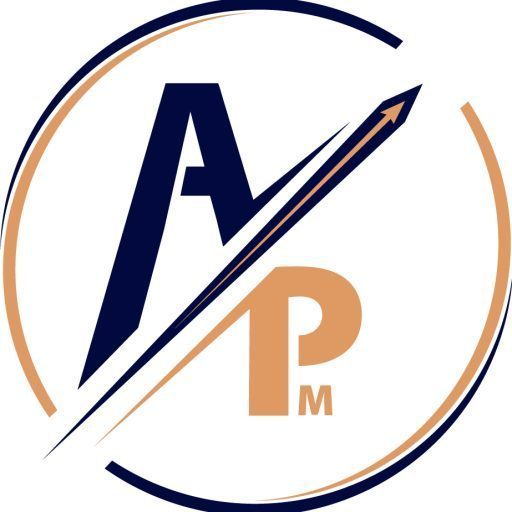Product Vision in Agile Product Development: Guiding Success with Clarity
 In the dynamic landscape of Agile product development, a well-crafted product vision serves as the compass that guides teams toward a shared destination. It encapsulates the essence of the product’s purpose, aligns stakeholders, and sets the tone for the entire development journey. A compelling product vision not only inspires teams but also keeps them focused on delivering value to end-users. Let’s explore the significance of a product vision and examine a couple of exemplary formulations.
In the dynamic landscape of Agile product development, a well-crafted product vision serves as the compass that guides teams toward a shared destination. It encapsulates the essence of the product’s purpose, aligns stakeholders, and sets the tone for the entire development journey. A compelling product vision not only inspires teams but also keeps them focused on delivering value to end-users. Let’s explore the significance of a product vision and examine a couple of exemplary formulations.
Significance of Product Vision
Alignment and Focus
A product vision aligns diverse teams around a common goal, reducing the risk of disjointed efforts. It provides a shared understanding of the “why” behind the development, fostering a collaborative and purpose-driven environment.
Guidance for Decision-Making
In the face of choices and uncertainties, a product vision acts as a decision-making guide. Teams can refer back to the vision to assess whether a proposed feature or decision aligns with the overarching direction of the product.
Communication and Stakeholder Engagement
An effectively communicated product vision becomes a powerful tool for engaging stakeholders. It communicates the value proposition clearly, building trust among team members, customers, and investors.
💠 Exemplary Product Vision
Google: “To organize the world’s information and make it universally accessible and useful.” (Reference: https://about.google/?hl=en-US)
Google’s vision succinctly captures the company’s mission. It is ambitious yet straightforward, emphasizing the global impact of organizing information and making it universally accessible.
💠 Example of a good Product Vision: “At XYZ Tech, we envision empowering global innovation through intuitive, sustainable solutions, driving positive impact for humanity.“
Explanation: This concise vision captures the essence of XYZ Tech’s commitment to global innovation, intuitiveness, sustainability, and positive societal impact. It communicates a clear and ambitious purpose, inspiring both internal teams and external stakeholders with a shared vision of a better future.
💠 Example of a weak Product Vision: “To develop a new project management tool with enhanced features.”
Explanation: This vision lacks specificity and fails to articulate the purpose and value proposition. It focuses on features rather than the broader impact of the product. A more robust vision would clarify how the enhanced features address a specific need in the market or improve upon existing solutions.
Conclusion
A well-formulated product vision is the cornerstone of Agile product development, providing clarity, alignment, and inspiration. Tesla and Google exemplify how a powerful product vision can drive success. On the other hand, a weak vision, as seen in the example, underscores the importance of crafting a vision that goes beyond features, addressing the fundamental “why” of the product’s existence. In Agile development, a compelling product vision is not just a statement; it’s a dynamic force that propels teams toward meaningful outcomes.
Share on


